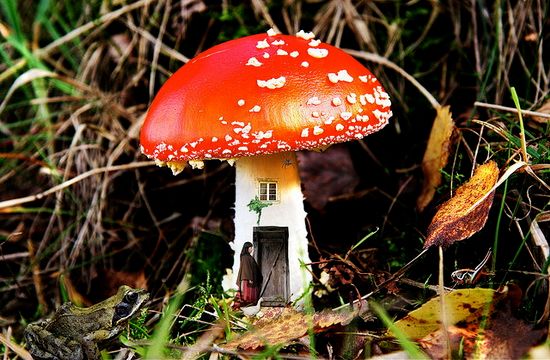Nurturing Creativity In Your Child Right From Birth
As parents it’s important to recognize that children are creative creatures. Their imaginations flow easily from their minds, touching everything around them. A stick becomes a sword, a porch or a pirate deck, and a piece of paper and crayon are the most elaborate of canvases.
I have seen my own turn shoes into cars for their dolls to race across the living room, and often when I write they will sit near my feet and use my legs and office chair as slides for their Polly Pockets.
When we think of kids and their creative side, it is usually the older ones as they begin to show more signs of playfulness and open themselves to more expressive games. They can hold a colored pencil and speak, and we are constantly confronted with the proof of their daydreams.
But younger children, even infants, can be encouraged to develop this same creativity. Nurturing and encouraging it can help them later on as they reach more developmental milestones and adapt to a larger world.
Here are a few ways you can nurture your child’s creativity and help it grow:
Let Mistakes and Misconceptions Go
One of the biggest mistakes parents make is through trying to correct mistakes or misconceptions. Say your child has drawn a leopard with spots, but they insist it is a tiger. You know the right animal, and you are tempted to correct them. That isn’t bad in and of itself, but it undermines their pride in their work. This might discourage them in the future.
Let the issue go in the moment and offer praise. Then, later on, take some time to correct them by showing the differences in a natural, casual way. Maybe read a book that shows wild cats and point out the tiger and the leopard. Let them learn without feeling like they made a mistake.
Don’t Force Things
It’s Valentine’s Day, and you are doing projects with your kids. You want them to color the hearts you cut out, but one is more interested in drawing their own picture. Don’t try to force them to focus on what you want. Maybe they are more interested in what they are doing, or they are too young to give the task the attention it needs.
Either way, they are happy expressing themselves freely. In that moment, there is no reason to try and push them to do something else. It will make it seem like a chore, not something fun to do.
Open up Baby’s World
Babies do more than drool and sleep. They are constantly learning, their minds growing and new information being processed and stored. The first year is an important time as they check the world around them and learn what different elements do and react to their actions. It is like they are testing everything and figuring out what effect those tests might create.
You should try to make this world a bigger one for them to expand their view and their imaginations. One good way is through adding new perspectives. Babies naturally spend a lot of time on their backs, especially up until six months when they start to learn to crawl. Tummy time is not only important for building crucial muscles and preparing them for self-movement, but also in giving them a chance to see new things and play. Other angles can be provided by your holding them and putting them in chairs, swings, etc.
Another great method is through showing them what they might not see on their own. A favorite for most kids is looking into mirrors. They get to see “the baby in the mirror” while making faces, taking in details and theorizing about who they might be. You can also point out patterns, colors and interesting sights, explaining what they are.
Tactile stimulation goes a long way toward babies creating their own ideas about things. Different types of fabric and items being placed against their face or in their hands let’s them see different things for themselves.
Keep Plenty of Tools Around
It is easy to engage a child of any age in creative play if you have what you need to do so. That means paper, crayons, dolls, craft supplies, puppets – any items that they can use to their own advantage when it comes to playtime. They should, of course, be age appropriate, with things they can both use alone or with you.
You can also have a chest of things for dress-up: costumes, jewelry, uniforms, hats and anything else they can use to create a fun game of pretending to be someone or something else. These will be some of the most commonly used items for any child, and you can provide some for their interests as well as others they might not be familiar with to give them more to work with and explore.
Conclusion
When you have children you will always be working to improve their lives and help them along the way. Sometimes this is easier than others, and luckily, encouraging creativity is one of those simple things you can accomplish. How do you help your kids get imaginative?
By Jessy Troy
Jessy is a cretivity writer behind howtogetarelationship.com. Do you want to help your kids get isnpired, go family traveling this summer!


















